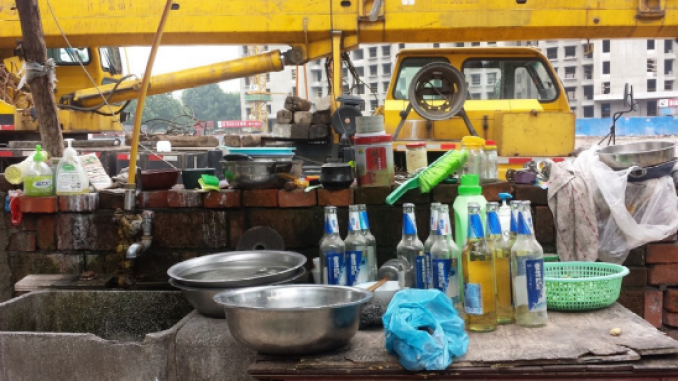
Every researcher dealing with urban transformations and evictions knows that there is a whole world to be explored in China, where the scale of projects and thus the amount of the displaced are tens of times bigger than those we are accustomed to in Europe. The anthropologist Ye LIN invites us to have a look at the demolition of a neighborhood in Nanjing – very near to the spot in where the Youth Olympic Games were held in 2014. The district was inhabited mostly by migrants and their descendants and has been considered a shanty-town for nearly a century. In 2009 the demolitions began, and the original houses began to be replaced with high-rise buildings. The residents had to move to a settlement far away, or resist, living among the dust and ruins on the border of the big construction site. Ye studies the impact that the whole process had on the inhabitants – both those who remained and those who left – also highlighting how our idea of “community” influences the way we judge this kind of interventions; at the same time, she describes in detail the strategies that the residents are putting in place to deal with the situation, in the reconfiguration of the religious celebrations, as well as in the tricky relationships they create with the workers in the construction site. By doing this, she shows what margins of actions exist, in these complex situations of dispossession and spatial trauma.
- LIN YE (2015) “Temporary life in the ruins“, unedited paper, with photos and maps of Chongde Street, in PDF
- LIN YE (2015) “An Ethnography of Street Community, a Space Study: How an Old Shantytown Neighborhood Changes under the Impact of Urbanization”, research project paper in PDF
- More about demolitions in Nanjing: 2009, Economic Observer, “In Pictures: The last days of Old Nanjing” :: 2012, China Beat, “Celebrating Chiunje in Old Nanjing” :: 2013, Global Times, “Nanjing covers rubble with glamour” :: Photoreportage “The great unbuilding“, by M. Scott Brauer.
- Human Rights Watch, “Demolished: Forced evictions and the tenants’ right movement in China“, 2004.
- Recommended reading: Michael Meyer (2009), The last days of old Beijing: Life in the Vanishing Backstreets of a City Transformed.
- A wave of macro-cities of ghosts in China? Read here (in italian) :: And this interesting article: Data mining reveals extent of China’s ghost cities